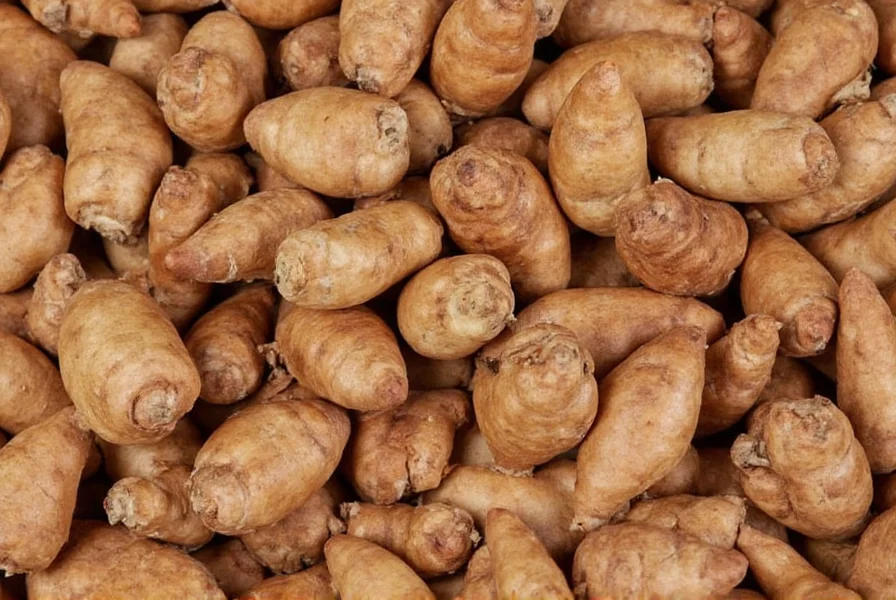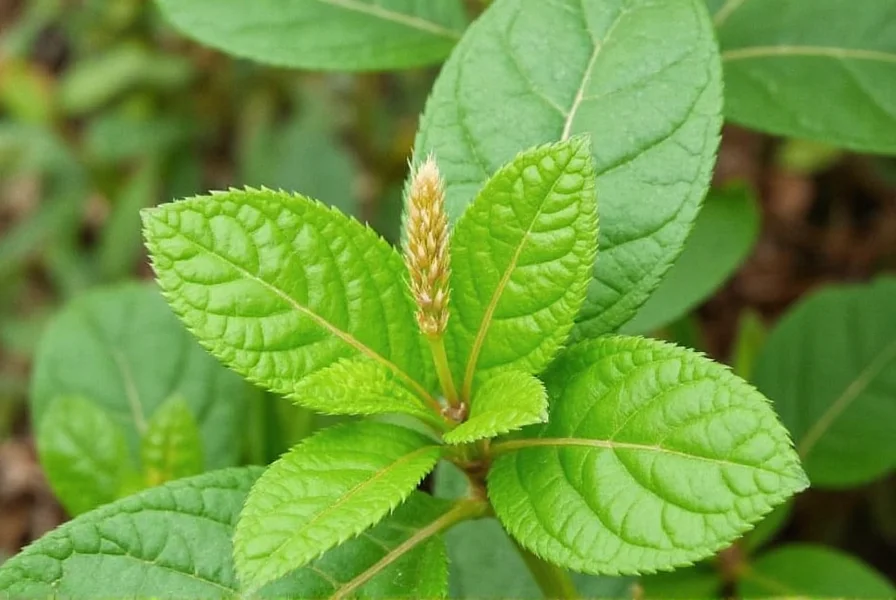Many people searching for \"ginger dead man\" are trying to identify a plant they've encountered that resembles ginger but carries this unusual name. Dead Man's Fingers, scientifically known as Amorphophallus bulbifer, belongs to the Araceae family (the same family as taro and peace lilies), while true ginger belongs to the Zingiberaceae family. This fundamental botanical distinction explains why the \"ginger dead man\" label is inaccurate yet persists in common usage.
Botanical Classification and Identification
Dead Man's Fingers (Amorphophallus bulbifer) gets its evocative name from the distinctive shape of its tubers, which cluster together in formations resembling human fingers. These tubers grow underground and produce a single large leaf structure above ground that can reach 3-4 feet in height. The plant's inflorescence, when it blooms, emits a distinctive odor resembling rotting flesh to attract pollinating insects.

Key Differences Between Dead Man's Fingers and True Ginger
| Characteristic | Dead Man's Fingers (Amorphophallus bulbifer) | True Ginger (Zingiber officinale) |
|---|---|---|
| Botanical Family | Araceae | Zingiberaceae |
| Tuber Appearance | Clustered, finger-like formations | Branching, knobby rhizomes |
| Edibility | Must be thoroughly cooked; contains calcium oxalate crystals | Edible raw or cooked; culinary spice |
| Fragrance | Rotten flesh odor when flowering | Characteristic spicy, aromatic scent |
| Common Uses | Ornamental plant; limited culinary use in some regions | Widely used spice, medicinal applications |
Why the Confusion Exists
The \"ginger dead man\" confusion stems from several factors that lead to misidentification. Both plants develop underground storage structures that might appear similar to untrained observers. Additionally, in some regions where both plants grow wild, local names sometimes get conflated. The finger-like tubers of Amorphophallus bulbifer resemble what some might imagine \"dead man's fingers\" would look like, while the branching structure of ginger rhizomes doesn't share this characteristic.
Another contributing factor to the \"dead man's fingers ginger\" misconception is that both plants thrive in similar tropical and subtropical environments. Gardeners in Southeast Asia, India, and other warm regions might encounter both plants and mistakenly assume they're related due to their shared growing conditions and underground structures.
Safety Considerations for Plant Identification
Proper identification of plants labeled as \"ginger dead man\" is crucial for safety reasons. While true ginger is widely consumed and generally safe, Dead Man's Fingers contains calcium oxalate crystals that can cause severe irritation to the mouth and digestive tract if consumed raw. Some other plants with similar common names may be toxic.
When attempting to identify plants that might be referred to as \"ginger dead man\" in your area, consider these key identification markers:
- Examine the leaf structure: Dead Man's Fingers produces a single compound leaf on a spotted stalk
- Check for the distinctive odor when flowering
- Observe the tuber formation pattern (finger-like clusters vs. branching rhizomes)
- Consult local botanical resources rather than relying on common names
Cultural Significance and Traditional Uses
Despite not being true ginger, Dead Man's Fingers has its own cultural significance in various regions. In parts of Southeast Asia and India, it's known as \"elephant foot yam\" and is used as a food source after proper preparation. The tubers must be thoroughly cooked to neutralize the irritating compounds.
Some traditional medicine systems incorporate Dead Man's Fingers for various purposes, though scientific evidence supporting these uses remains limited. This represents another area where confusion with true ginger sometimes occurs, as ginger has more extensively documented medicinal properties.

Practical Identification Tips for Gardeners
If you're trying to determine whether a plant in your garden is actually \"ginger dead man\" or true ginger, follow these practical steps:
- Examine the stem structure: True ginger has pseudostems formed from leaf sheaths, while Dead Man's Fingers has a single leaf structure on a central stalk
- Check the tuber formation: Dig carefully to observe whether you have finger-like clusters (Dead Man's Fingers) or branching rhizomes (true ginger)
- Smell the plant: Crush a small portion of leaf or stem (wear gloves) - true ginger has a distinctive spicy aroma
- Consult local extension services or botanical gardens for positive identification
Conclusion
The \"ginger dead man\" terminology represents a persistent botanical misconception that continues to confuse gardeners and plant enthusiasts. Understanding that Dead Man's Fingers (Amorphophallus bulbifer) belongs to a different plant family than true ginger helps clarify this confusion. Proper identification matters not only for accurate botanical knowledge but also for safety reasons, as these plants have different properties and preparation requirements. When encountering plants with ambiguous common names, always seek scientific identification rather than relying on colloquial terms that may lead to dangerous misunderstandings.
Frequently Asked Questions
Is Dead Man's Fingers actually related to ginger?
No, Dead Man's Fingers (Amorphophallus bulbifer) is not related to true ginger (Zingiber officinale). They belong to completely different plant families - Dead Man's Fingers is in the Araceae family while true ginger belongs to the Zingiberaceae family. The confusion arises from superficial similarities in their underground structures.
Can you eat Dead Man's Fingers like ginger?
Dead Man's Fingers requires thorough cooking to neutralize calcium oxalate crystals that cause irritation, unlike true ginger which can be consumed raw. While some cultures use it as food after proper preparation, it doesn't have the same culinary properties or flavor profile as ginger and shouldn't be substituted directly in recipes.
Why is it called Dead Man's Fingers?
The plant earned the name Dead Man's Fingers because of the distinctive shape of its underground tubers, which cluster together in formations resembling human fingers. This characteristic appearance is most visible when the tubers are unearthed, creating an uncanny resemblance to skeletal fingers.
How can I tell if a plant is true ginger or Dead Man's Fingers?
Examine the leaf structure (ginger has pseudostems from leaf sheaths while Dead Man's Fingers has a single compound leaf), check the tuber formation pattern (branching rhizomes vs. finger-like clusters), and smell the plant (ginger has a distinctive spicy aroma). The flowering structure also differs significantly, with Dead Man's Fingers producing a foul-smelling inflorescence.










 浙公网安备
33010002000092号
浙公网安备
33010002000092号 浙B2-20120091-4
浙B2-20120091-4